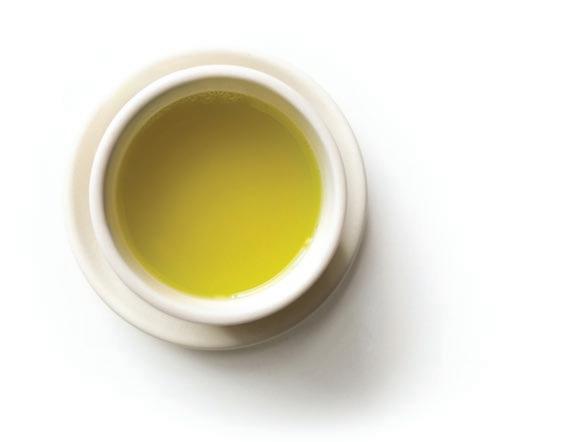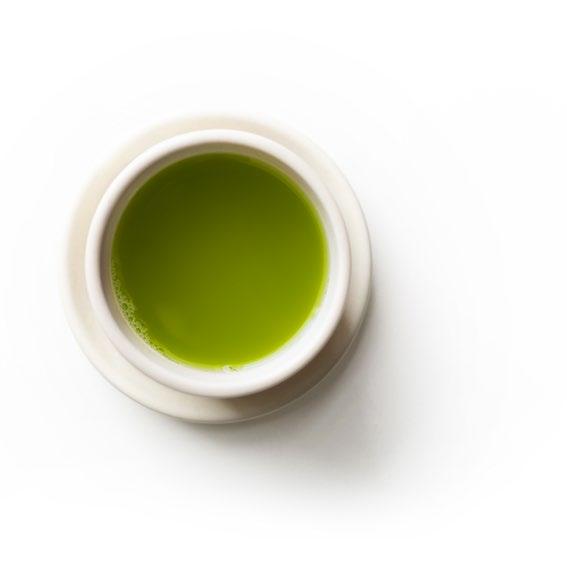
1 minute read
Green Tea

The mainstay in East Asian tea culture, green tea is the least oxidized of the six tea types. Green teas are crafted with the application of heat in a step called firing. This heat denatures the enzymes that cause tea leaves to change in color from green to yellow, to red and finally to brown in a natural process known as polyphenolic oxidation. Firing neutralizes these enzymes, halting oxidation and fixing the green color. This is what gives the category “green tea” its name. The degree of oxidation that is allowed before firing is the primary defining characteristic used to distinguish the six tea types.
Advertisement
In Japan, firing is most often conducted using steam, which blanches the tea leaves and rapidly fixes their bright green color. By comparison, in China and other origins, “dry heat” techniques such as pan-frying, roasting and baking are used. Steamed green teas typically have a more vivid green color and umami-rich tasting notes such as “nori seaweed” or “leafy greens.” Green teas that are fired with one of the dry heat methods typically develop a more floral or nutty character. For instance, “toasted chestnut” is a common taste descriptor for pan-roasted Chinese green teas. After firing, the leaves are shaped to create a variety of green tea styles, each with its own character, flavor and aroma.
Green teas as we know them today were originally developed out of more rustic styles of sun-dried tea, around the time of China’s ancient Song dynasty (960-1279 CE). Today, most green tea is grown in China, Japan and Korea, with an increasing amount grown in Southeast Asia. Whatever the region, the most sought-after green teas are those picked in springtime. As you explore to find your favorite types of green tea, consider the firing method, harvest season and place of origin.










